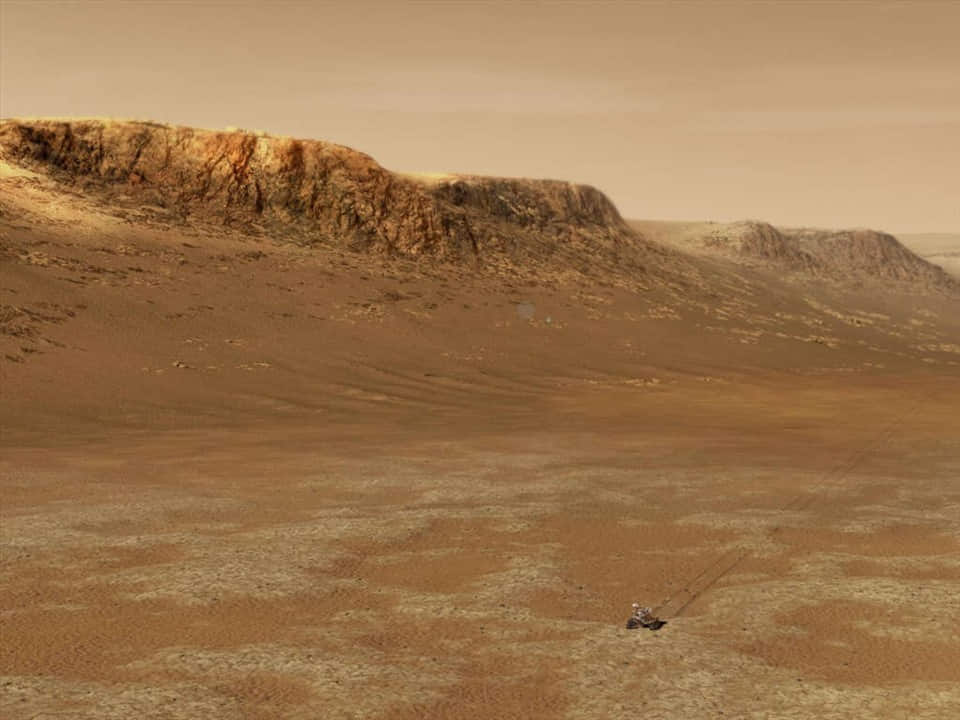Scientists have just made a shocking discovery when analyzing the composition of a “strange object” that fell in Morocco 11 years ago.
According to Space, this “strange object” was determined to come from Mars, when an extreme event such as a strong space collision shot it into space and then landed on Earth 11 years ago.
New research led by Dr. Philippe Schmitt-Kopplin from the Technical University of Munich and Helmholtz Munich (Germany) shows that it is indeed a strange object in the literal sense, because it has an extremely special composition compared to meteorites. other ever found on Earth.

Specifically, they found polycyclic aromatic hydrocarbon compounds, organic magnesium compounds, aliphatic branched carboxylic acids, aldehydes and olefins in the meteorite.
This strange object, called Tissint, is one of five precious Martian meteorites discovered on Earth.
The organic molecules it contains not only offer a chance for alien life, but the way this meteorite was created also reveals many very new details about that planet.

Of particular interest is organic magnesium molecules, which have never been found before even by NASA robots that have been working on Mars. These molecules provide new insights into the high-temperature, high-pressure geochemistry that shaped the interior layers of Mars, as well as the connection between the carbon cycle and the evolution of these minerals.
“Understanding the processes and chains of events that form this rich organic resource will reveal new details about the habitability of Mars and the possibility of reactions that could lead to the formation of live” – co-author Andrew Steele from the Carnegie Institute (USA), affirmed.

The discovery also helps the authors complete their catalog of what constitutes Mars, a planet believed to have been born like Earth. This data not only helps understand the Earth itself, but also provides a good direction for future Mars missions.
Researchers are continuing to learn about the Moroccan meteorite and the “treasures” it contains, as well as looking forward to another piece of the puzzle that NASA promises to bring back from Mars in the coming years – direct soil and rock samples. relay from the red planet that this agency’s robot is collecting.
The research was just published in Science Advances.





